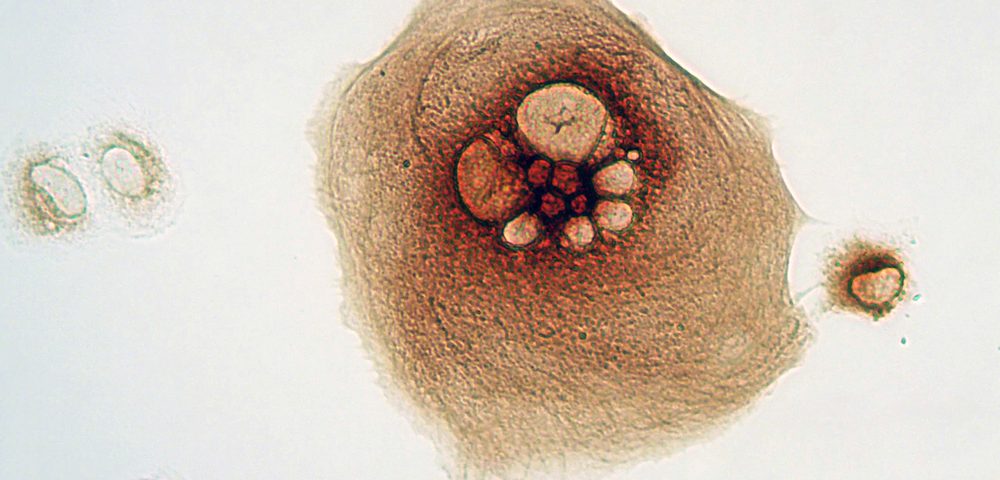Malignant pleural mesothelioma (MPM) patients whose tumor expresses high levels of a protein called PD-L1 are more likely to fare poorly, according to an Australian study published in the Journal of Thoracic Oncology.
These patients are also likely to have increased immunological infiltrates, or cells of the immune system that leave the bloodstream and migrate into the tumor to attack tumor cells.
The findings were described in a report, titled “The Immune Microenvironment, Genome-Wide Copy Number Aberrations and Survival in Mesothelioma.”
PD-L1 is a protein that binds to a receptor called PD-1 or programmed cell death 1, which is found on the surface of immune cells. When PD-L1 binds to PD-1, the immune response is dampened. While this system allows the body to be self-tolerant and inhibits the development of autoimmune diseases, tumor cells can also express PD-L1 and evade the immune response.
Scientists have targeted these so-called immune checkpoint proteins as a potential therapeutic approach against cancer, win which the cells of the immune system recognize and attack cancer cells. Although they obtained some promising results from clinical trials investigating this approach, the response to immune checkpoint inhibitors has been variable and unpredictable.
The role of PD-1 and PD-L1 is not well characterized in MPM. To clarify the role of these two proteins, a team of researchers led by Dr. Thomas John of La Trobe University’s School of Cancer Medicine in Melbourne, Australia, measured the expression of PD-L1 and immune infiltrates in a large group of MPM patients.
They detected PD-L1 in 130 out of 311 patents (41.7 percent), and high levels of PD-L1 in 30 out of 311 patients (9.6 percent). The expression of PD-L1 correlated with a subtype of MPM called non-epithelioid MPM and increased infiltration of immune cells into the tumor.
Analyses suggested that the higher the level of PD-L1, the worse the clinical outcome in patients. But researchers didn’t see this correlation when they used a different method of statistical analysis.
The researchers also looked at patients’ genetic landscape, examining copy number variations (a phenomenon where sections of the genome are repeated or deleted, leading to genome instabilities or high frequency of mutations in the genome). The aim was to see if variations in copy number were linked with the clinical features of the disease.
Although they found an association between copy number variations resulting in genome instability and poorer survival among MPM patients, they found no link with the expression of PD-L1.
The authors concluded that therapies targeting the immune-checkpoint could still be a valid option for MPM patients, but that single agent immune checkpoint inhibitors probably wouldn’t work in most MPM patients, because only a few of them have strong PD-L1 expression. They suggest that a combination of immune checkpoint inhibitors is more likely to be effective in treating such patients.


